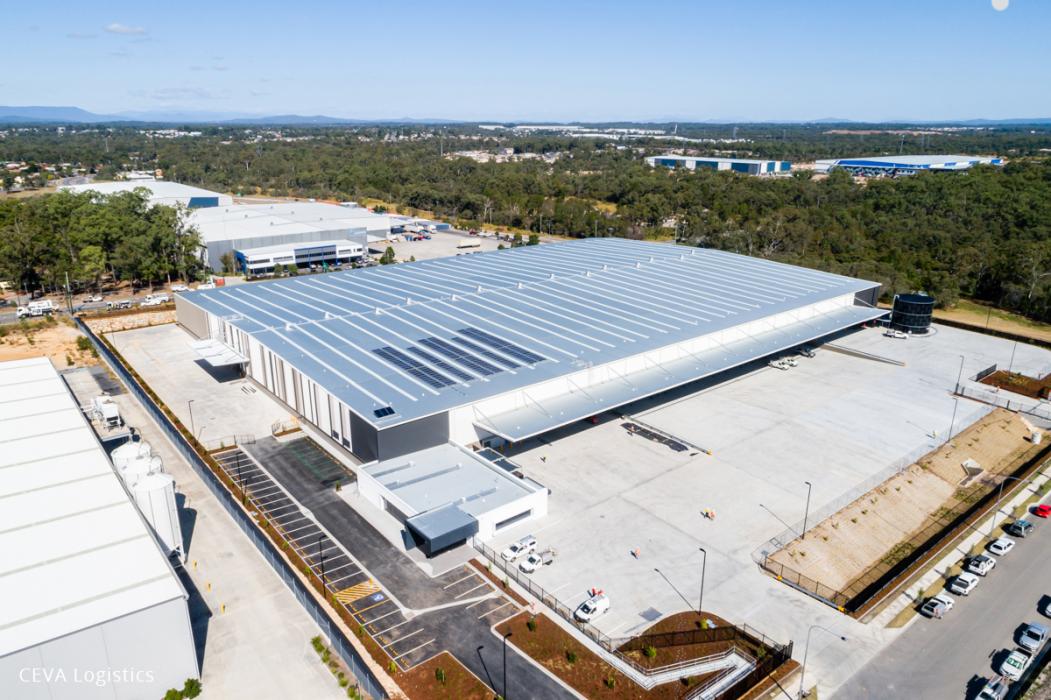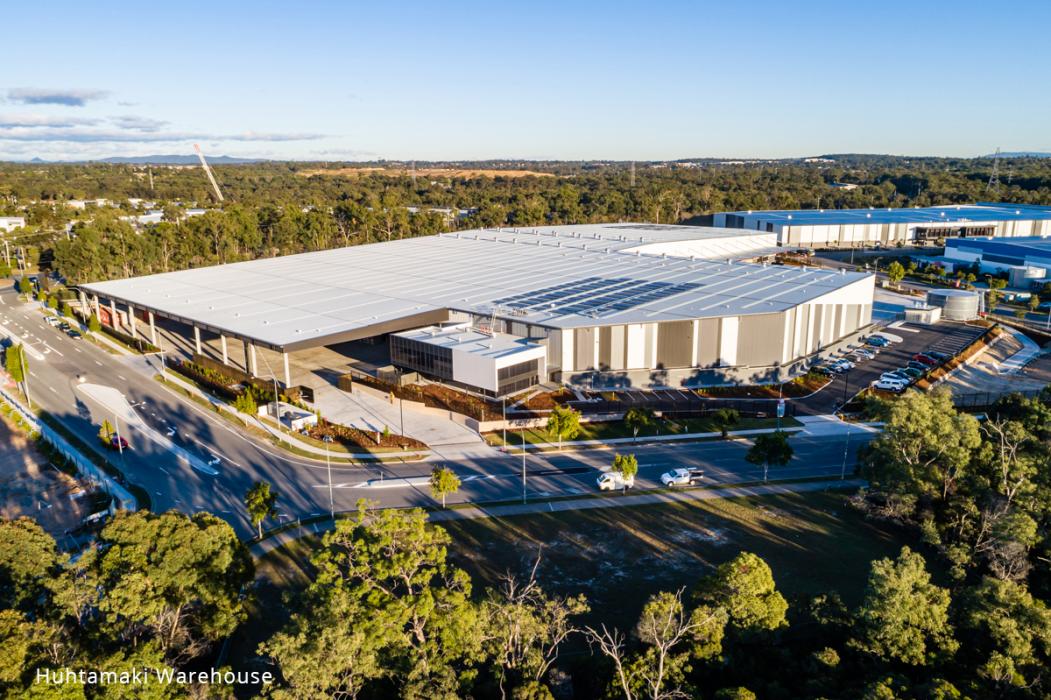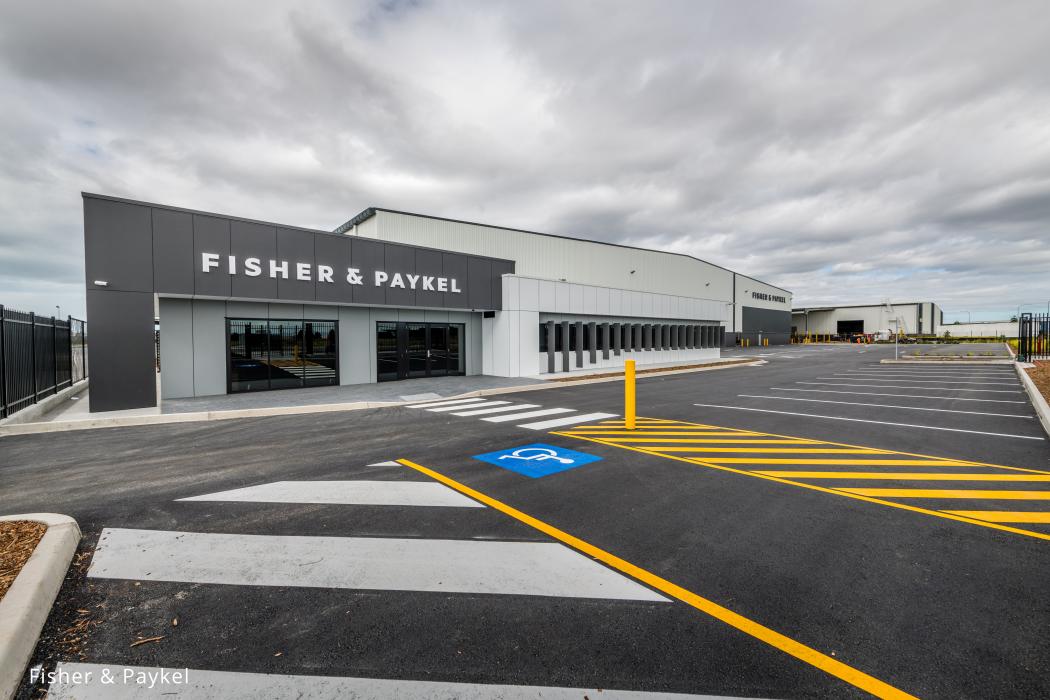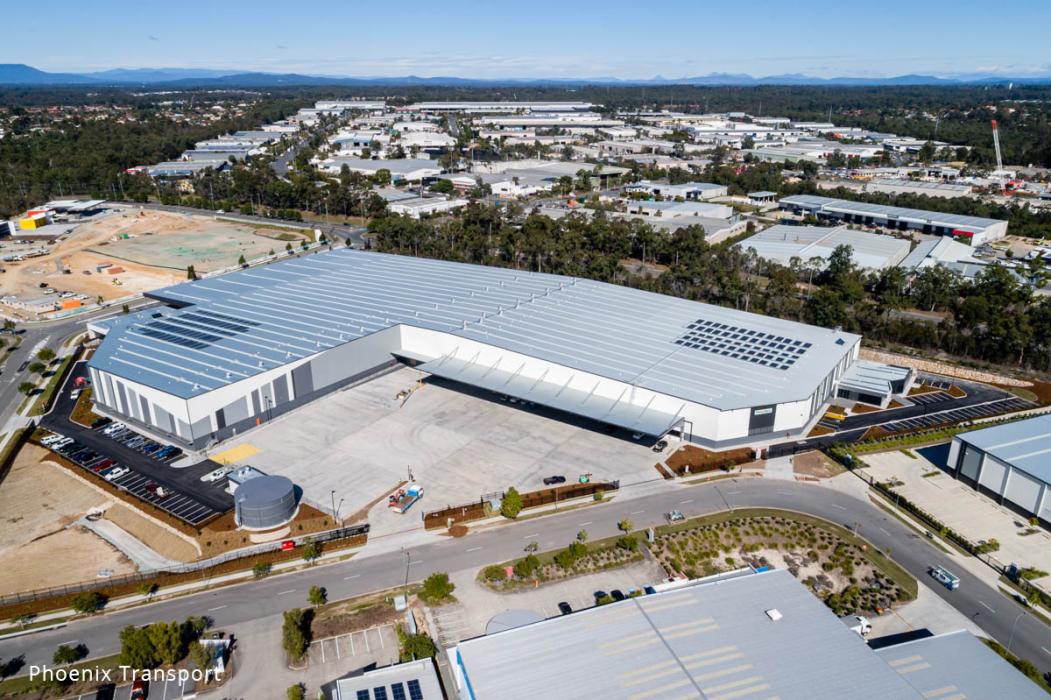Strong outlook for industrial sector




Unlike other property markets in the construction industry, the industrial sector remains well placed to ride out the uncertainty caused by COVID-19. Northrop’s Brisbane office has seen the completion of several large-scale industrial projects over the last six months, with more in the pipeline.
Brisbane civil manager, Graham Coles, and structural engineer, Clachair Venter, have extensive experience in this sector and, along with their teams, are revelling in the recent growth of the market.
“I do get excited about sheds,” Clachair said, “when you’re working on a 40,000 square metre shed on paper to then walk through and see the actual scale of it, it’s ridiculous what can be achieved.”
Clachair has spent the last four years working almost exclusively on industrial projects, driven by her interest in steel and the varying technical requirements of the work.
“Every warehouse is different - we’re now delivering projects with cranes, high bay's, super awnings, suspended slab cool room facilities and highly sensitive automated packing processes,” she said.
“Working closely with the Port of Brisbane has also allowed us to develop the expertise to value manage ground slabs to deal with the long-term and differential settlements.”
As with all projects, keeping to the client’s budget whilst meeting the intended purpose of the facility, is one of the most important and challenging tasks, particularly in the current economic climate.
“The ground works is definitely where the project costs can increase, for both structural and civil. Looking at ways we can work around, accommodate and reduce those costs is what we’ve been working towards for our clients,” she said.
In addition to internal use of BIM technology, linking SpaceGASS and Revit for efficient turnarounds, construction savings are being offered in the form of fibre slabs and foundations.
“Adding fibre to slabs and foundations has a lot of benefits. Construction installation costs are reduced, it allows for faster construction with no need for placement of conventional steel and it eliminates the requirement for saw cuts for slabs. This in turn minimises maintenance in high traffic areas.” Clachair said.
Like Clachair, Graham is passionate about the sector, having worked on many large-scale industrial projects over the last six years of a career spanning two decades. He says the challenge with these projects lies in formulating a design that not only works to the tenant and client requirements, but also meets local authority specifications.
“Every project is its own problem-solving beast. We are regularly required to do a lot up front in the development application phase without the input of the full consultancy team, who generally come on board in the detailed design phase. This requires us to draw on previous project experiences to ensure we factor their requirements into the design, as well as focus on our role as civil engineers,” he said.
Graham says providing visualisation through 3D modelling innovation is one of the key aspects in overcoming these challenges. The models we’re producing allow our clients and key stakeholders to better understand their product, what it’s going to look like and how it will perform before it’s completed.
“Being able to walk our clients through that process in the beginning stages of the design means we can better capture those design outcomes early and removes the risk in the performance and operation of the project.”
Data released in the recent ANZ Property Council survey (page 9) shows that industrial property reported solid gains across the board despite the pandemic, being the only sector to move into positive territory. A trend that can be largely attributed to the increase in internet sales and online grocery orders, this boost in ecommerce trade has fast tracked many retailers’ need for large distribution centres.
“The fact that we’ve had to buy and store materials locally, as we couldn’t travel interstate, has meant that a lot of the industrial projects had to keep going to meet demand.” Graham said.
Consisting of both structural and civil consulting services, the Brisbane team at Northrop has developed a highly regarded reputation within the industrial project market. Both teams continue to ensure optimum results for their clients by continuing to meet deadlines, communicating effectively, and working collaboratively with their end user clients.
“The Port of Brisbane’s first experience with the team at Northrop has been nothing short of exceptional. In good faith, Northrop committed to our critically tight project programme and responded to evolving client requirements in a manner one would expect from a relationship forged over many years on numerous projects, not our first outing. Northrop are pragmatic, practical and proficient consulting engineers. They’re also a great bunch of people!”
Brett Wilson, Port of Brisbane
The skills and experience gained from working on such large-scale projects has allowed the team to continue to produce a high standard of work with existing clients, Clachair says. This has been crucial in gaining referral business for more extensive projects and highlights Northrop as key consultants in the market.
Graham says the future for Northrop Brisbane lies in its growth, having multiple disciplines under one roof is an advantage on any project, both internally and for the client. Key considerations for the next two years will be to expand the team to additional service offerings beyond civil and structural.
“The industrial and logistics sector is very strong and will be for some time. Our focus going forward will continue to be on working closely with our clients to ensure we are achieving their project outcomes and delivering projects successfully in that space."
Recent industrial projects:


